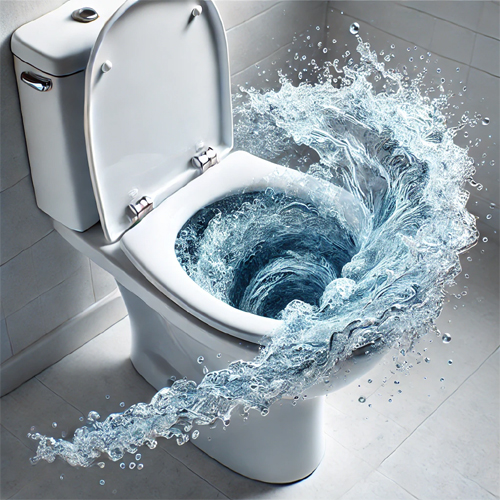
 A running toilet can be more than just an annoyance; it can waste a significant amount of water and increase your utility bills. Fortunately, fixing a running toilet is a relatively simple task that you can often handle yourself without needing to call a plumber. Here’s a step-by-step guide to help you address this common plumbing issue.
A running toilet can be more than just an annoyance; it can waste a significant amount of water and increase your utility bills. Fortunately, fixing a running toilet is a relatively simple task that you can often handle yourself without needing to call a plumber. Here’s a step-by-step guide to help you address this common plumbing issue.
The first step in fixing a running toilet is to identify the source of the problem. There are three main components that could be causing the issue:
The flapper is the rubber seal at the bottom of the toilet tank that lifts to allow water to flow into the bowl during a flush. Over time, flappers can become warped, dirty, or misaligned.
The fill valve controls the water level in the toilet tank. If it’s set too high, water can continuously flow into the overflow tube, causing the toilet to run.
The float rises and falls with the water level in the tank, signalling the fill valve to open or close. If it’s set incorrectly, the fill valve may not shut off properly.
Once you’ve made the necessary adjustments, it’s time to test the toilet to ensure the issue is resolved.
Fixing a running toilet can be a straightforward DIY project that saves you time and money. By following these steps, you can identify and resolve the issue, helping to conserve water and reduce your utility bills. However, if you’ve tried these steps and the toilet is still running, it may be time to call a professional plumber for assistance.
For more plumbing tips and solutions, or if you need professional help, don’t hesitate to contact us. Our experienced team is ready to assist with all your plumbing needs.







